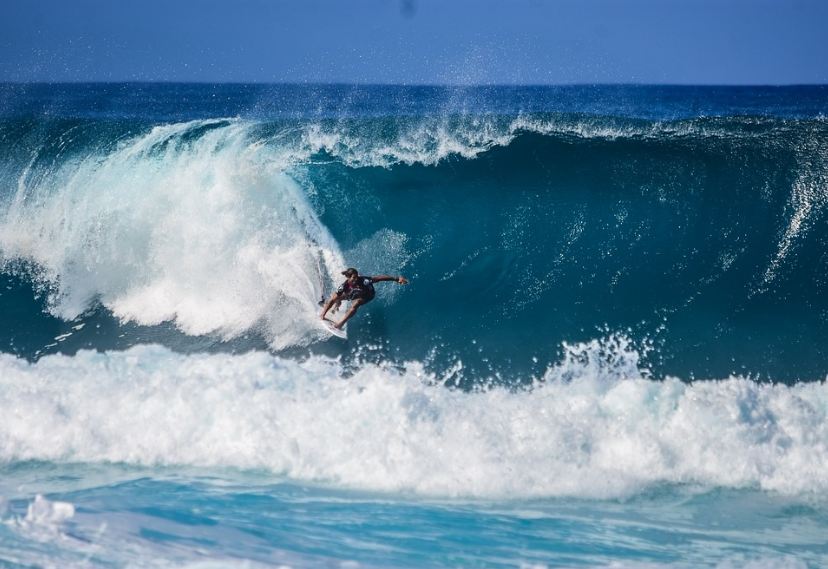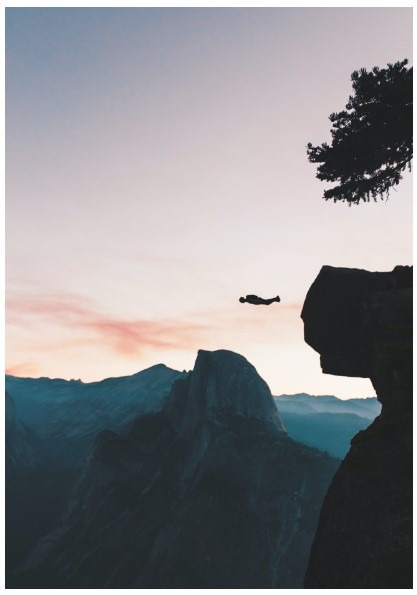What Is Splitboarding?
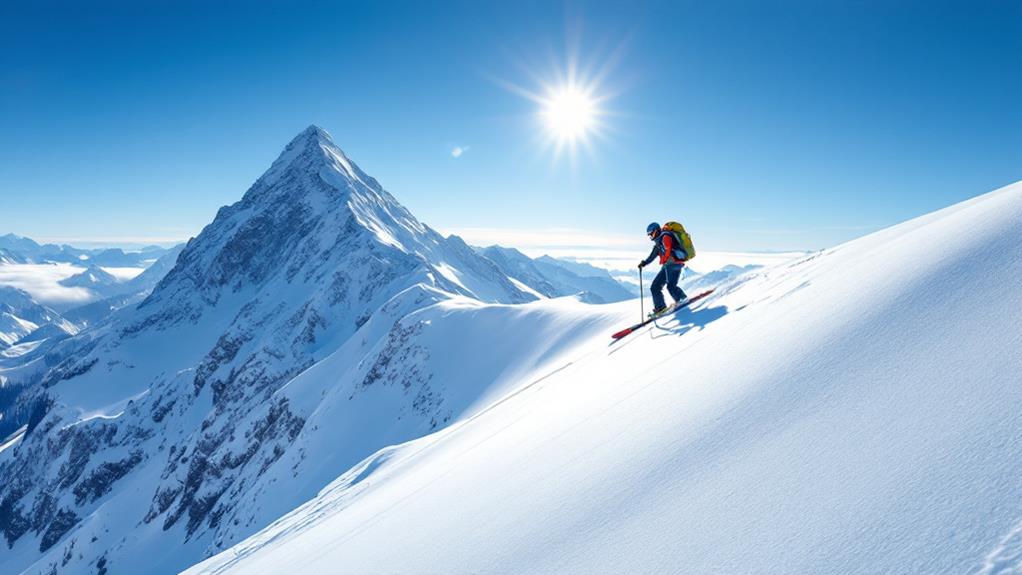
Splitboarding is a winter sport that combines snowboarding and backcountry skiing. You'll use a specially designed board that splits into two ski-like halves for uphill travel, then reassemble it for downhill riding. This versatility allows you to access remote, untracked terrain beyond ski resort boundaries. You'll need specific gear, including climbing skins and avalanche safety equipment. Splitboarding requires physical fitness, technical skills, and knowledge of mountain safety. It's an exhilarating way to explore pristine powder and challenging terrain, but it comes with increased risks compared to resort snowboarding. If you're intrigued by the freedom of the backcountry, there's much more to discover about this exciting sport.
The Origins of Splitboarding
The origins of splitboarding can be traced back to the early 1990s when snowboarders sought a way to access backcountry terrain without snowshoes or skis. Brett Kobernik, a snowboarder from Utah, is credited with creating the first functional splitboard in 1991. He cut his snowboard in half lengthwise and added a hinge system to reconnect the halves for descents.
In 1994, Mark Wariakois founded Voile, the first company to manufacture splitboards commercially. Their initial design, the Voile Split Decision, revolutionized backcountry snowboarding by offering a board that could be easily separated for uphill travel and reassembled for downhill riding.
As splitboarding gained popularity, other manufacturers entered the market, refining the technology and improving performance. In the early 2000s, companies like Burton and K2 began producing their own splitboard models, further legitimizing the sport.
Today, you'll find a wide range of splitboard designs, from all-mountain to powder-specific models. The evolution of splitboarding has allowed snowboarders to explore remote backcountry areas that were once only accessible to skiers, opening up new possibilities for winter adventure seekers.
How Splitboards Work
Ingenuity lies at the heart of splitboard design. These versatile boards allow you to switch between snowboarding and skiing modes effortlessly. When you're ready to ascend, you'll separate the board into two halves, revealing ski-like bases. You'll then attach climbing skins to these bases for traction on snowy slopes. Advanced materials like carbon fiber and Kevlar have revolutionized splitboard construction, enhancing strength, durability, and weight-to-performance ratios.
As you climb, you'll use the splitboard halves like touring skis, with your boots attached in a free-heel configuration. This setup enables efficient uphill travel, mimicking the motion of cross-country skiing. Once you've reached your destination, you'll remove the skins and reconnect the board halves.
To transform your splitboard back into snowboard mode, you'll rotate the bindings 90 degrees and lock them into place. The board's edges align precisely, creating a solid snowboard for your descent. Special hardware, including hooks and clips, ensures a secure connection between the two halves.
Modern splitboards often feature additional tech, such as puck systems for quick binding adjustments and tension mechanisms to eliminate play between the halves. These innovations have made splitboarding increasingly accessible and enjoyable for backcountry enthusiasts.
Essential Splitboarding Gear
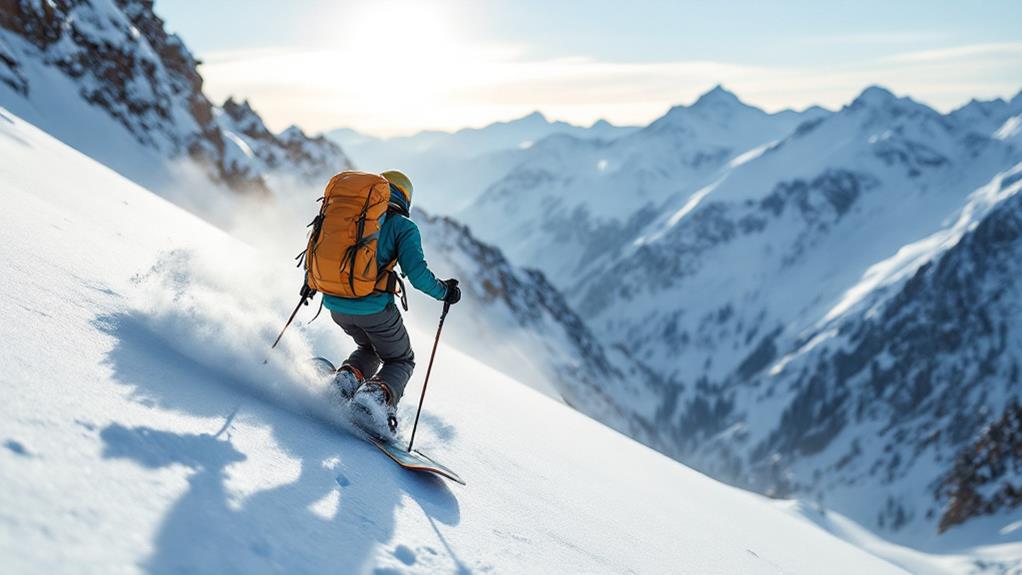
Properly equipping yourself for splitboarding adventures is key to a safe and enjoyable experience. Beyond your splitboard, you'll need specialized gear to navigate backcountry terrain safely. Start with climbing skins, which attach to the base of your split skis for uphill traction. You'll also need collapsible poles that adjust for both skinning and riding. When purchasing your gear, consider used glider purchase options to save costs.
Avalanche safety gear is non-negotiable. Carry an avalanche beacon, shovel, and probe at all times. Learn how to use them effectively before venturing out. A backpack designed for backcountry use will help you organize and access your gear quickly.
For bindings, you'll need a splitboard-specific set that can switch between touring and riding modes. Splitboard boots should offer a good balance of flexibility for hiking and support for riding. Don't forget a helmet, goggles, and appropriate layered clothing for changing weather conditions.
Additional items to consider include a multi-tool for gear adjustments, a first-aid kit, navigation tools (map, compass, or GPS), and emergency communication devices. With the right gear and knowledge, you'll be well-prepared for your splitboarding adventures.
Choosing Your First Splitboard
Selecting your first splitboard can be an exciting yet daunting task. To make the right choice, consider factors like your riding style, terrain preferences, and experience level. Splitboards come in various shapes and sizes, each suited for different conditions and riding styles.
When choosing your splitboard, pay attention to these key features:
| Feature | Consideration |
|---|---|
| Length | Your height and weight |
| Width | Boot size and stance width |
| Flex | Preferred terrain and riding style |
| Camber profile | Performance in different snow conditions |
| Sidecut | Turn radius and edge hold |
Longer boards offer better stability and float in powder, while shorter ones are more maneuverable. Width should accommodate your boot size without overhang. Flex varies from soft to stiff, affecting responsiveness and control. Camber profiles include traditional, rocker, and hybrid designs, each with unique performance characteristics. Sidecut influences turn initiation and edge hold on varied terrain.
Consider demo-ing different splitboards before purchasing to find the perfect match for your needs. Don't forget to factor in your budget and the board's compatibility with your existing bindings and skins. With careful consideration, you'll find a splitboard that enhances your backcountry adventures.
Uphill Techniques and Tips
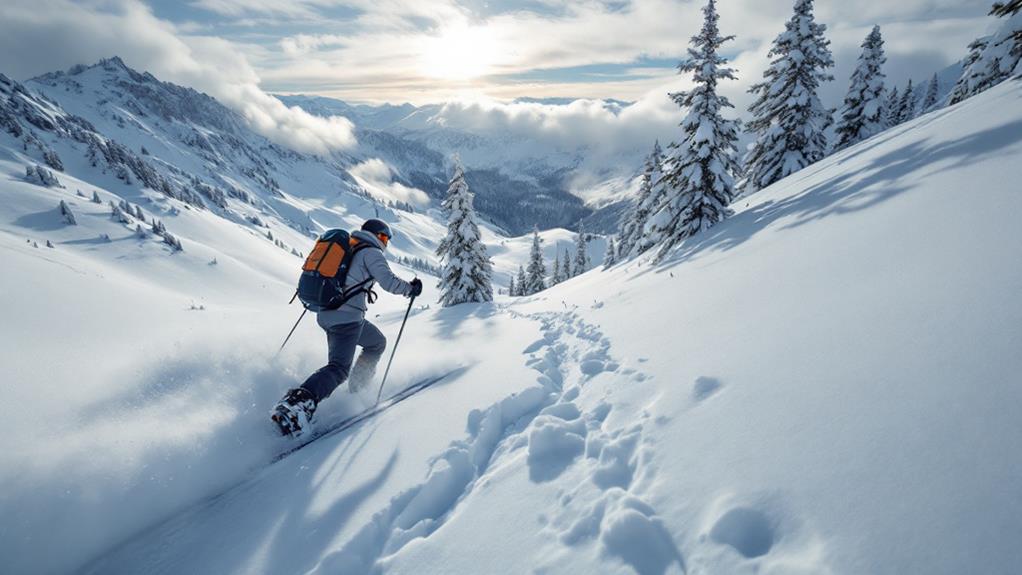
Once you've chosen your splitboard, mastering uphill techniques is crucial for efficient and enjoyable backcountry travel. You'll need to learn how to use skins, which attach to the bottom of your splitboard halves for traction on snow. Practice attaching and removing skins quickly, as you'll do this frequently during transitions.
When ascending, maintain a steady pace and use an efficient stride. Keep your weight centered over your feet and avoid overstriding. Use switchbacks on steeper terrain to maintain a comfortable angle. As you climb, pay attention to your surroundings and plan your descent route.
Here are key tips for uphill splitboarding:
- Use heel risers on steep terrain to reduce calf strain
- Stay hydrated and take breaks as needed
- Adjust your layers to avoid overheating
- Practice proper kick turns for tight switchbacks
- Communicate with your group and maintain a sustainable pace
Remember to assess snow conditions and avalanche risk throughout your ascent. Always carry proper safety gear, including a beacon, shovel, and probe. With practice, you'll develop a smooth and efficient uphill technique, allowing you to access remote powder stashes and enjoy the full splitboarding experience.
Transitioning From Ascent to Descent
The summit marks the exciting moment when you transition from uphill slog to downhill thrill. This crucial phase requires efficiency and practice to maximize your riding time. Start by finding a flat, stable area to work in, ideally sheltered from wind and other elements.
Begin by removing your skins, carefully folding them to preserve the adhesive. Store them in a warm, easily accessible pocket to prevent freezing. Next, separate your splitboard halves and rotate them so the bindings face upwards. Clean any snow or ice from the board edges and connection points. Align the board halves and secure them using the provided hardware, ensuring a tight fit.
Adjust your bindings from touring to riding mode, double-checking all connections and straps. Switch your boots from walk to ride mode if applicable. Don't forget to stow your poles and transition any other gear from ascent to descent configuration.
Avalanche Safety for Splitboarders
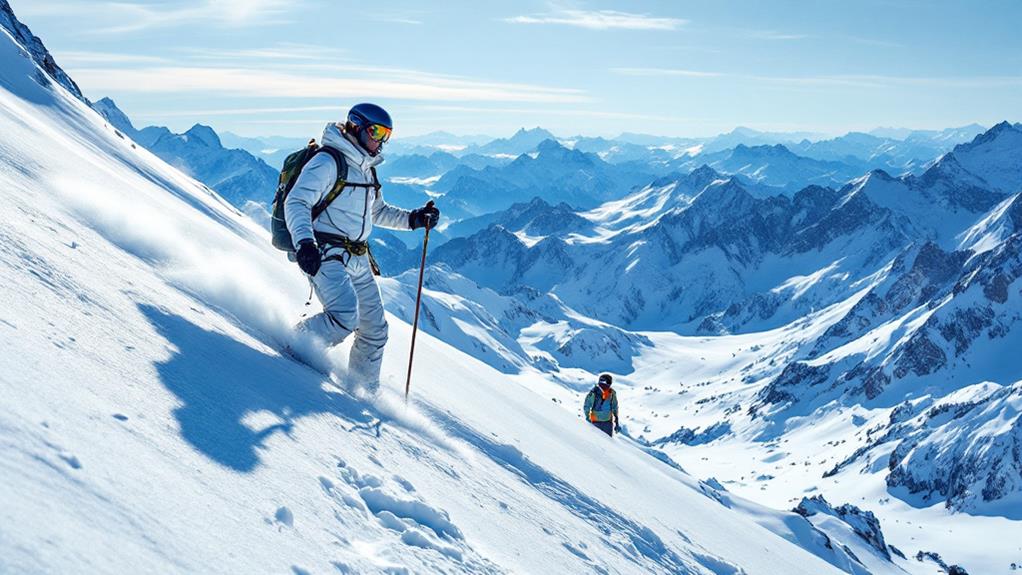
While mastering the transition process is important, your safety in the backcountry depends on understanding and mitigating avalanche risks. As a splitboarder, you'll need to educate yourself on avalanche safety and carry essential gear. Take an avalanche safety course to learn how to assess snow conditions, identify potential hazards, and perform rescue techniques.
Always check the local avalanche forecast before heading out and plan your route accordingly. Travel with a partner and maintain visual and verbal contact. Carry and know how to use avalanche safety equipment, including a transceiver, probe, and shovel. Practice using this gear regularly to stay proficient.
Be aware of changing weather conditions and how they affect snowpack stability. Learn to recognize warning signs like recent avalanche activity, cracking or collapsing snow, and sudden temperature changes. If you're unsure about conditions, choose a safer route or turn back.
Essential avalanche safety tips for splitboarders:
- Take an avalanche safety course
- Always check the local avalanche forecast
- Travel with a partner and maintain communication
- Carry and know how to use avalanche safety gear
- Be prepared to change plans if conditions are unsafe
Popular Splitboarding Destinations
Numerous destinations worldwide offer exceptional splitboarding experiences for enthusiasts of all levels. In North America, you'll find world-class splitboarding in the backcountry of Colorado's Rocky Mountains, with popular spots like Vail Pass and Berthoud Pass. The Canadian Rockies, particularly around Banff and Jasper National Parks, provide stunning terrain and reliable snowfall.
Europe boasts some of the most iconic splitboarding locations. The French Alps, especially Chamonix, offer challenging routes and breathtaking views of Mont Blanc. In Switzerland, you can explore the Bernese Oberland region, known for its pristine powder and diverse terrain.
Japan's Hokkaido Island is a splitboarder's paradise, famous for its deep, dry powder and unique tree riding. The Hakuba Valley in the Japanese Alps is another excellent option, combining steep terrain with abundant snowfall.
For those seeking remote adventures, Alaska's Chugach Mountains provide unparalleled big mountain riding. In South America, the Andes Mountains in Chile and Argentina offer splitboarding opportunities during the Northern Hemisphere's summer months.
Remember to research local conditions, regulations, and guide services before embarking on your splitboarding journey in any of these destinations.
Fitness Requirements for Splitboarding
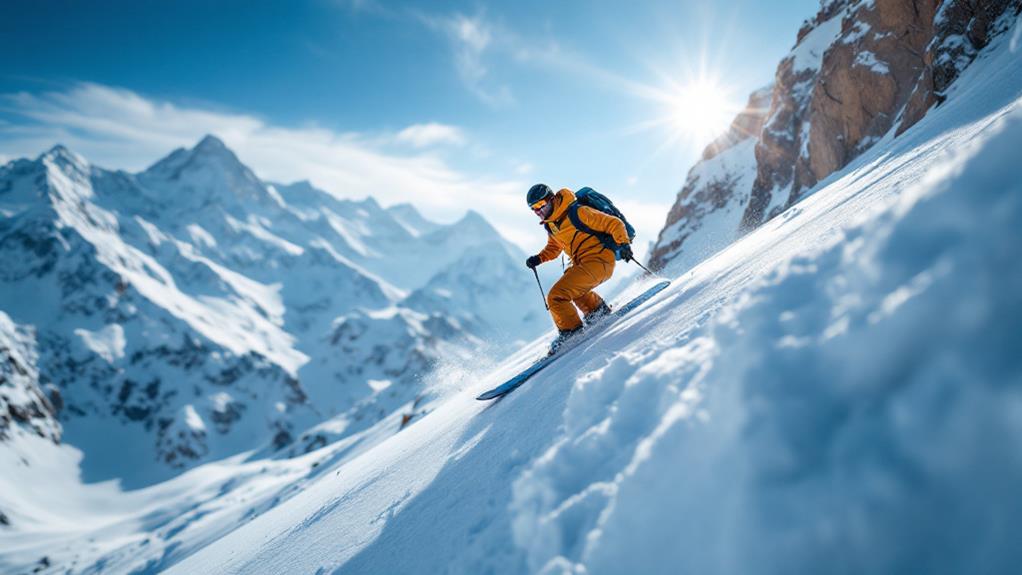
Preparing for splitboarding adventures in these stunning locations requires more than just enthusiasm and gear. You'll need a solid fitness foundation to tackle the demands of backcountry terrain. Splitboarding combines the physical challenges of hiking and snowboarding, so you'll want to focus on both cardiovascular endurance and strength training.
To build your stamina, incorporate activities like trail running, cycling, or stair climbing into your routine. These exercises will help you power through long ascents and navigate challenging terrain. Strength training is equally important, as you'll need to carry your gear and maintain control during descents. Focus on exercises that target your core, legs, and upper body.
Here are five key areas to focus on when preparing for splitboarding:
- Cardiovascular endurance
- Lower body strength
- Core stability
- Upper body strength
- Flexibility and mobility
Don't forget to practice your snowboarding skills on regular slopes to maintain your technique. As you build your fitness, gradually increase the difficulty of your training to match the demands of your planned splitboarding routes. With consistent effort and proper preparation, you'll be ready to tackle the backcountry with confidence and enjoy the unique experiences splitboarding offers.
Environmental Impact of Splitboarding
In light of the growing popularity of splitboarding, it's crucial to consider its environmental impact. While splitboarding allows you to access remote backcountry areas with minimal infrastructure, it's not without environmental consequences.
One of the main concerns is the potential disturbance to wildlife and their habitats. As you venture into untouched terrain, you may inadvertently disrupt animal feeding, breeding, or migration patterns. Additionally, your presence can compact snow, affecting the insulation it provides for plants and small animals beneath.
Splitboarding can also contribute to soil erosion, especially during the spring when the snowpack is melting. Your tracks may create channels for water runoff, potentially damaging fragile alpine vegetation.
However, splitboarding has some environmental advantages over traditional ski resorts. It doesn't require extensive infrastructure, lift systems, or artificial snow production, which can be energy-intensive and disruptive to ecosystems.
To minimize your impact, stick to established routes when possible, avoid sensitive areas, and practice Leave No Trace principles. By being mindful of your surroundings and making responsible choices, you can enjoy splitboarding while helping to preserve the natural environments you explore.


